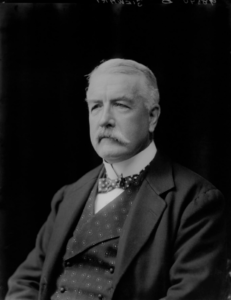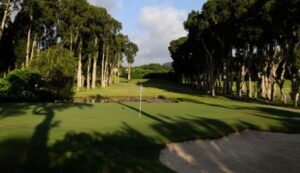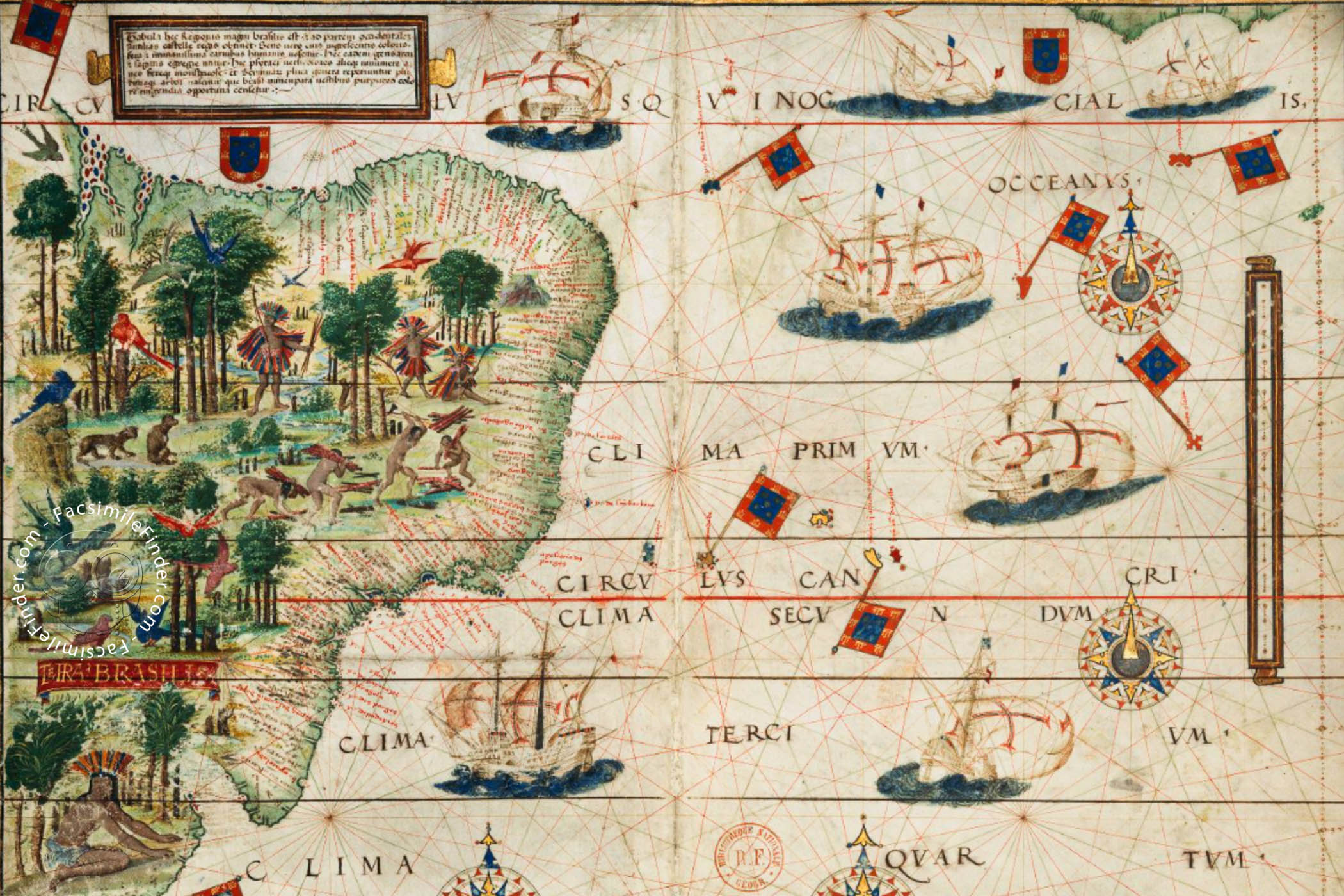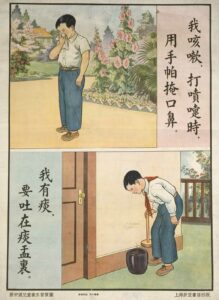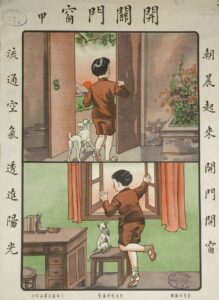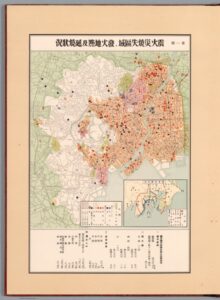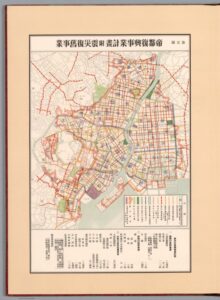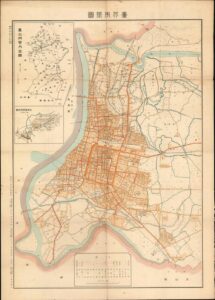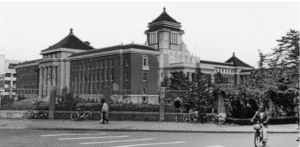Montesquieu’s book ‘The Spirit of the Laws’, published in 1750, focused on political theory and comparative law. However, within the book Montesquieu used the theory of environmental determinism (the belief that a region’s climate could affect the behaviour of the cultures living in it), to describe Asian history. The use of this debunked method shows how determinism was used by Europeans to project their power and modernity, and later to justify colonialism in the 19th century. This blog post will give an overview of how Montesquieu used environmental determinism to analyse Asia, and how this reflects European views on determinism.
Montesquieu argues that Asia’s geography is directly consequential for the hegemony and instability of major civilisations on the continent. This claim is ‘evidenced’ by the lack of a mountain range separating the north of the continent from the south, a function Montesquieu argues is served by the mountains of Scandinavia. To Montesquieu, the lack of a dividing range allows ‘hot’ and ‘cool’ regions to directly clash, contrasting with the more even gradient of European climates. The former was proposed to cause strong civilisations to border weak ones, which created unhealthy hegemony on the continent. Montesquieu concludes that ‘this is why liberty never increases in Asia, whereas in Europe it increases or decreases according to the circumstances’.
Montesquieu’s reasoning on this subject has been heavily debunked, but his writing opens a window into how central ideas of environmental determinism were to geographic thought in 18th century Europe. To Montesquieu, the entirety of Asian history could be explained by the dissonance present in the region’s climates – a dissonance which glosses over regional variation and other features present in the region like higher mountains and larger floodplains – both of which would have a greater impact on the mixing of cultures across the continent. Despite this, it was climate that was considered fundamental to the nature of societies, and as a result other factors are non-existent within his characterisation of Asia.
Montesquieu’s argument offers insight into how Europeans would use these ideas to justify colonialism taking place in the two centuries after the book was published. His conclusion that climate made Asia inherently unstable and illiberal would be used to justify colonialism, where a European power would take advantage of regional instability to set up a regime and crush dissent. As a result, the idea that climate meant that these regions would be governed no differently or worse without a European power in control, was central to justifying colonialism. Because of this, it is important to understand how environmental determinism began to be applied on a global scale, and was used to create a hierarchy of civilisations, to ensure that such discourse doesn’t become the norm in the future.
Source: Anne M. Cohler et al. (eds.) Montesquieu The Spirit of the Laws, Book 17 Ch3 – 8, pp. 279-284.


